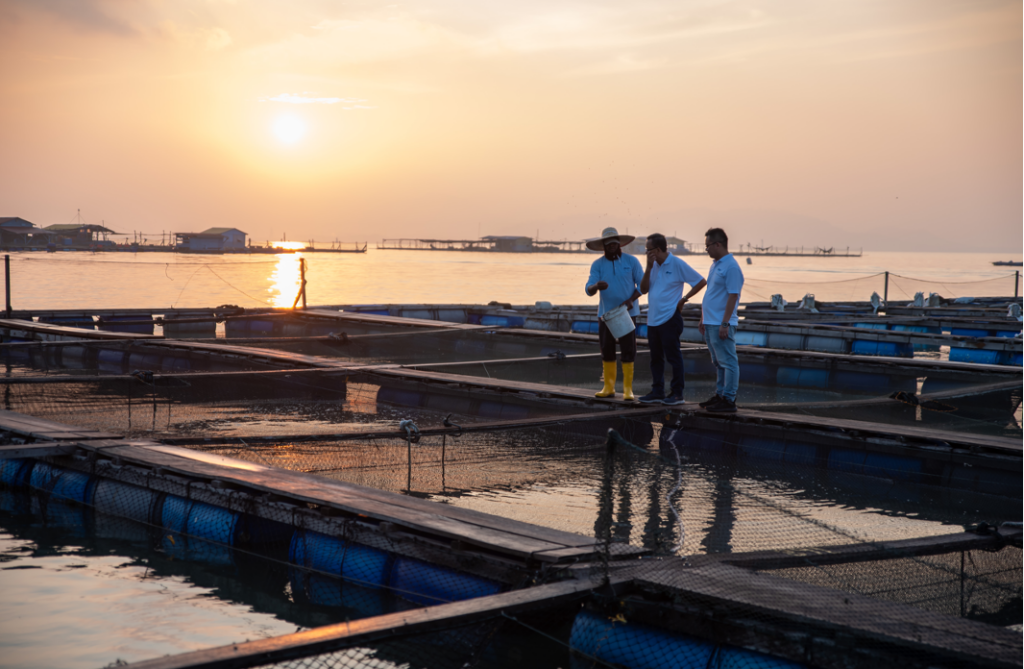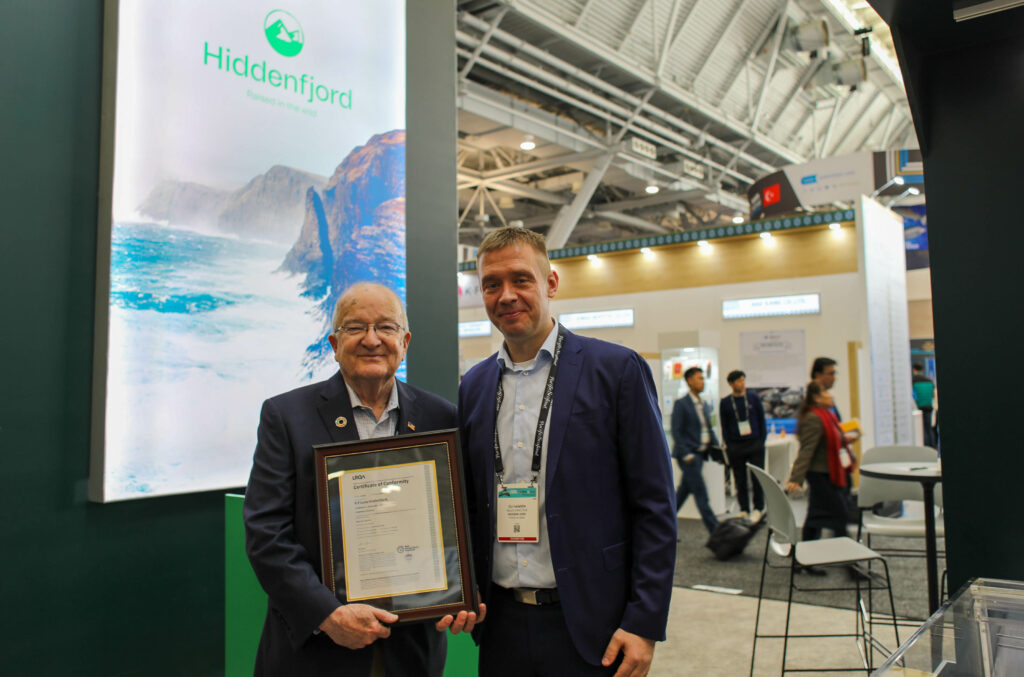Impressive January Sees 79 New BAP-Certified Facilities
Seventy-nine new processing plants, farms, hatcheries and feed mills worldwide attained Best Aquaculture Practices (BAP) certification in January, the Global Aquaculture Alliance (GAA) has announced.
For the industry-leading BAP program, that’s the second highest monthly total to date, after November 2017’s total of 86 new facilities.
January’s near-record sum comes as the number of BAP-certified facilities inches toward the 2,000-facility milestone, reaching 1,898 at the end of the month. Furthermore, of these facilities, 1,203 are farms, 398 are processing plants, 194 are hatcheries and 103 are feed mills. BAP-certified facilities also represent 32 countries and six continents.
The BAP certification of the Barramundi Asia Pte. Ltd. processing plant in Singapore is the 32nd country to be represented in the BAP program.
The BAP program closed out 2017 with 1,850 BAP-certified facilities, an 18.7 percent jump from the end of 2016. In addition, the number of BAP-certified facilities has more than doubled in size in the past two years. The program grew from about 700 facilities at the end of 2014 to 1,500-plus facilities by the end of 2016.
BAP is the world’s most comprehensive aquaculture certification program, with standards encompassing environmental responsibility, social responsibility, food safety, animal health and welfare and traceability. The BAP program also covers the entire aquaculture production chain – processing plants, hatcheries, farms and feed mills.
About Best Aquaculture Practices (BAP)
A division of the Global Aquaculture Alliance, BAP is an international certification program based on achievable, science-based and continuously-improved standards. BAP standards cover the entire aquaculture supply chain and assure healthful foods produced through environmentally and socially responsible means. BAP certification is based on independent audits that evaluate compliance with the BAP standards developed by the Global Aquaculture Alliance.




